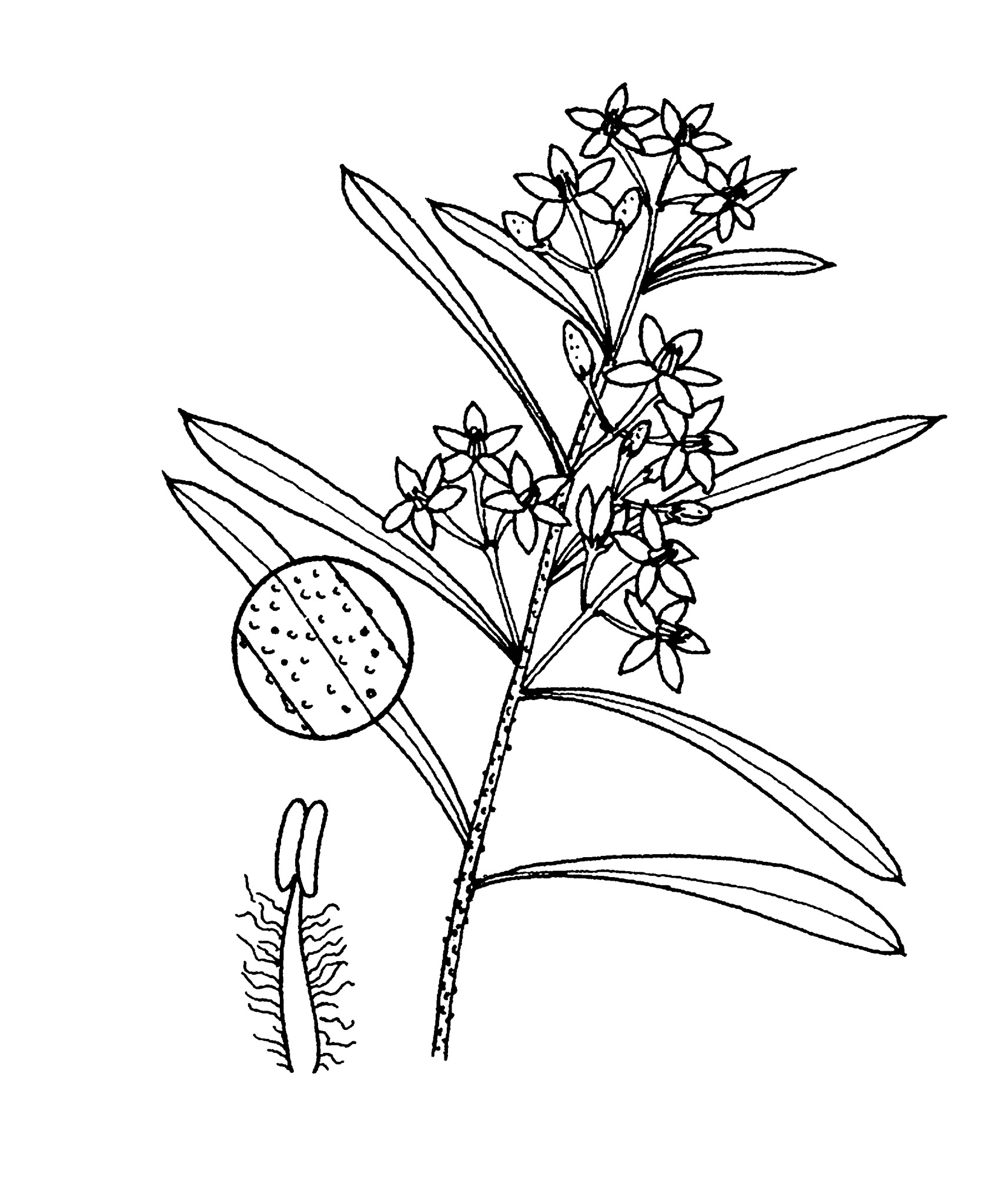
Greek erion — wool, stemon — stamen, referring to the woolly filaments.
Shrubs or small trees. Leaves simple, alternate, margins entire or slightly round-toothed. Flower clusters axillary or terminal, or reduced to 1 flower. Flowers bisexual. Sepals 5(4), free. Petals 5(4), not persistent in fruit. Stamens 10(8), free, curved over the ovary, the filaments hairy. Carpels 5(4), united at the base or free, usually beaked at the tip, each containing 2 ovules. Fruits 1-5-parted.
Grown for the waxy starry flowers and aromatic foliage; the commonly cultivated species are also very hardy.
Recent revision has distinguished Eriostemon, with multi-nerved petals, from Crowea and Philotheca which have petals with 1 nerve. Crowea can be distinguished from Philotheca by its hairy anthers. The occasionally cultivated E. obovalis and E. buxifolius and commonly cultivated E. myoporoides are now placed in Philotheca but have, for convenience, been treated here under the old names. E. australasius remains under Eriostemon.
Cuttings or occasionally grafting.
Stamens curved over the ovary; filaments hairy.
35 species, 34 from Australia, 1 from New Caledonia.
Wilson (1970, 1998a), Bayly (1998).
There have been many horticultural forms derived over the years, varying in growth habit, flower numbers, colours and arrangements.
Source: (2002). Rutaceae. In: . Horticultural Flora of South-eastern Australia. Volume 4. Flowering plants. Dicotyledons. Part 3. The identification of garden and cultivated plants. University of New South Wales Press.
